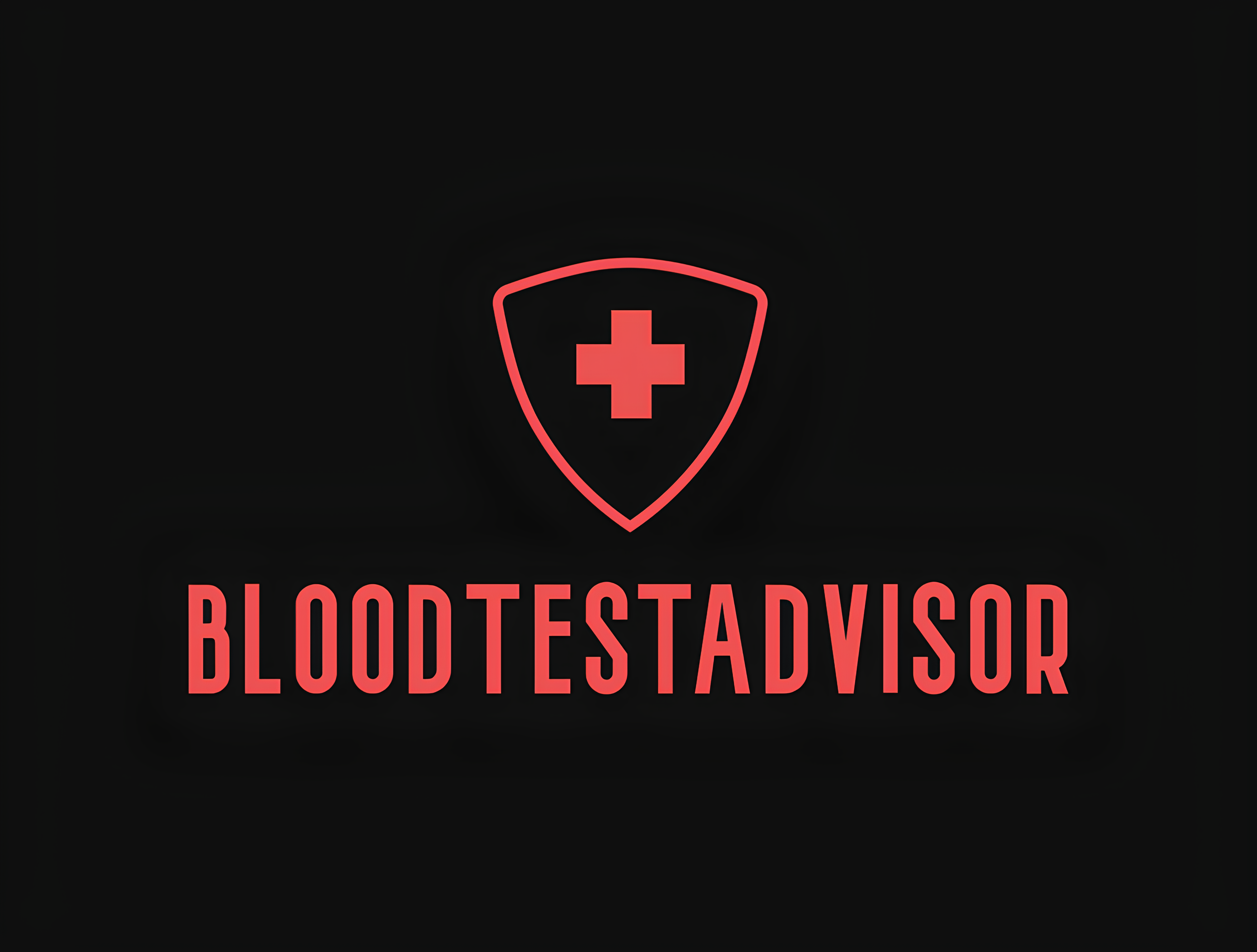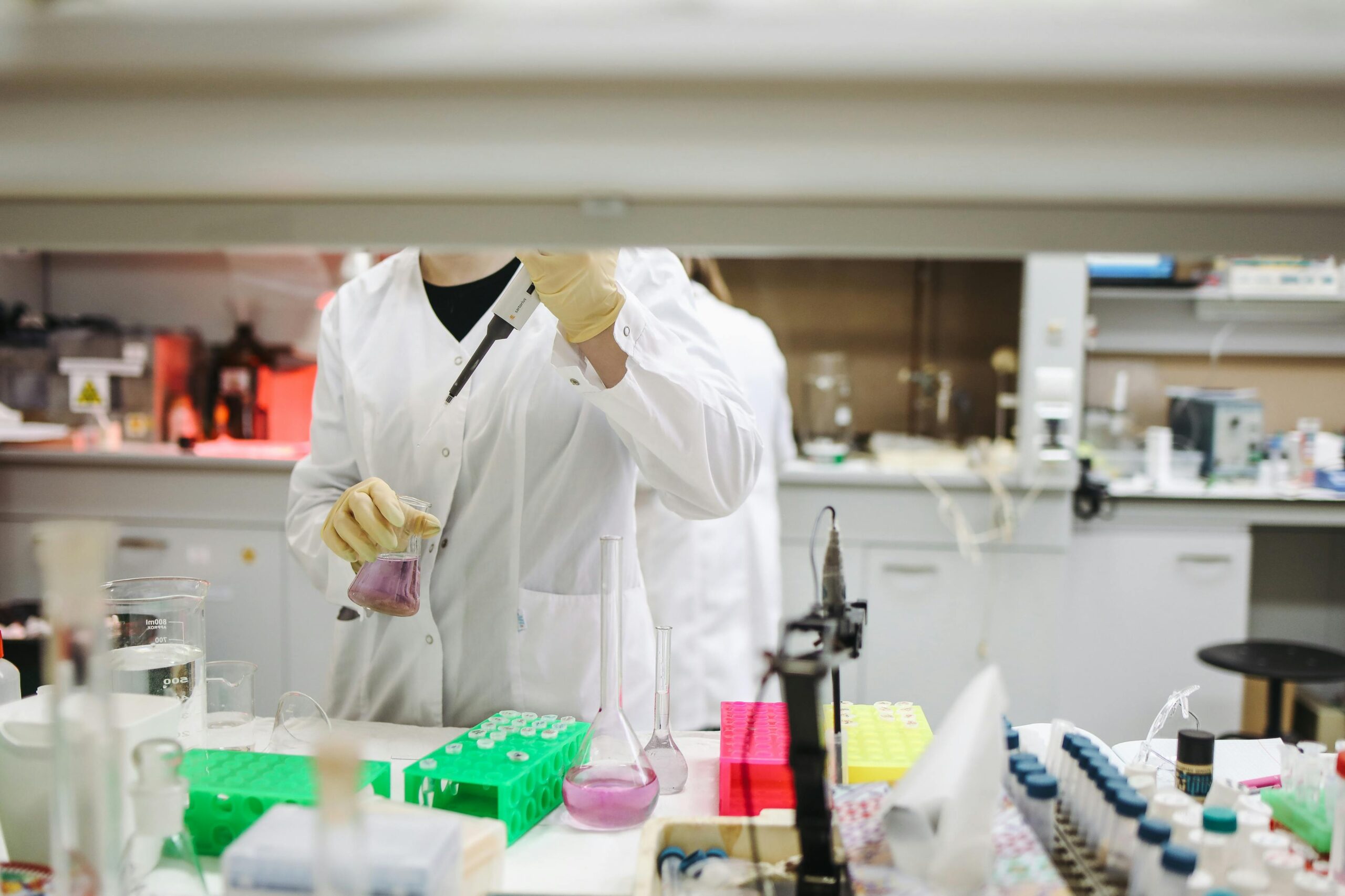Cancer is a word no one wants to hear, yet early detection can make all the difference. Recognizing the common symptoms of cancer—including subtle and organ-specific signs—could help detect the disease at a treatable stage. This blog uncovers key indicators across different types, age groups, and genders to help you stay informed and proactive about your health.

Organ-Specific Symptoms of Cancer
Certain cancers show distinct signs depending on where they develop in the body.
Lung Cancer Symptoms
Persistent coughing, chest pain, shortness of breath, and hoarseness can all be early warning signs. If your cough lingers for weeks or worsens over time, it’s time to consult a doctor.
Breast Cancer Symptoms
Look for unusual lumps, nipple discharge, or changes in breast shape or size. Early detection is key—especially for women over 40 or those with a family history.
Colon Cancer Signs
Common symptoms of cancer often include blood in the stool, chronic constipation, or sudden changes in bowel habits. These signs should never be ignored.
Brain Tumor Early Symptoms
Common symptoms of cancer include Persistent headaches, seizures, memory loss, and sudden vision issues are all possible indicators.
Prostate Cancer Symptoms
Common symptoms of cancer include frequent urination (especially at night), weak urine flow, or pelvic discomfort.
Gender-Specific Cancer Symptoms
Men and women can face unique cancer symptoms that reflect their biological differences.
Cancer Symptoms in Women
Frequent fatigue, bloating, abnormal bleeding, and breast changes may be symptoms of female-specific cancers like ovarian, uterine, or breast cancer.
Ovarian and Cervical Cancer
Often called the “silent killers” because symptoms like back pain or bloating can be easily overlooked.
Testicular Cancer in Young Men
Usually presents as a painless lump or swelling in the testicles.
Pediatric Cancer Symptoms
Children experience different symptoms compared to adults.
Leukemia in Children
Watch for pale skin, easy bruising, frequent infections, or swollen lymph nodes.
Bone and Brain Cancers in Kids
Persistent pain, limping, or trouble with balance and coordination are major red flags.
Eye Cancer (Retinoblastoma)
Look for a white glow in the pupil in flash photos or crossed eyes.
Skin-Related Cancer Symptoms
Skin cancer is one of the most common cancers, and early signs can be visible.
Melanoma Symptoms
Look for asymmetrical moles, uneven borders, color changes, or growth in size.
Basal & Squamous Cell Carcinomas
These often appear as red patches, open sores, or raised growths.
Itchy or Bleeding Moles
Any skin change that itches, bleeds, or crusts over should be checked.
Systemic Cancer Symptoms
Some symptoms are more general but still serious.
Cancer-Related Fatigue
Unlike regular tiredness, cancer fatigue doesn’t go away with rest.
Unexplained Weight Loss
Shedding pounds without trying could indicate cancers like pancreatic, stomach, or lung cancer.
Night Sweats and Anemia
Both can be linked to cancers like lymphoma or leukemia.
Digestive and Urinary Symptoms
Changes in digestion or urinary patterns could point to internal cancers.
Difficulty Swallowing
This can be associated with throat or esophageal cancer.
Blood in Urine or Stool
Visible blood might be a symptom of bladder, kidney, or colon cancer.
Persistent Bloating or Vomiting
Don’t ignore ongoing abdominal discomfort—it might relate to ovarian or stomach cancer.
Final Thoughts: When to See a Doctor
While many symptoms listed can be caused by less serious conditions, persistent or unexplained changes should never be dismissed. The earlier cancer is detected, the higher the chances of successful treatment.
Take Action Today
If you notice any of these signs in yourself or a loved one, consult a healthcare professional immediately. Regular screenings and self-awareness save lives. Stay informed, stay vigilant, and don’t wait.
Read more:
https://scispace.com/papers/cancer-symptoms-treatment-side-effects-and-disparities-in-1on4gfv4ev
https://scispace.com/papers/longitudinal-subgrouping-of-patients-with-cancer-based-on-3tcxfyzx
https://scispace.com/papers/cancer-symptoms-and-side-effects-of-treatment-52brj4mbk2
https://scispace.com/papers/understanding-cancer-causes-symptoms-and-diagnosis-1yfcdmto



